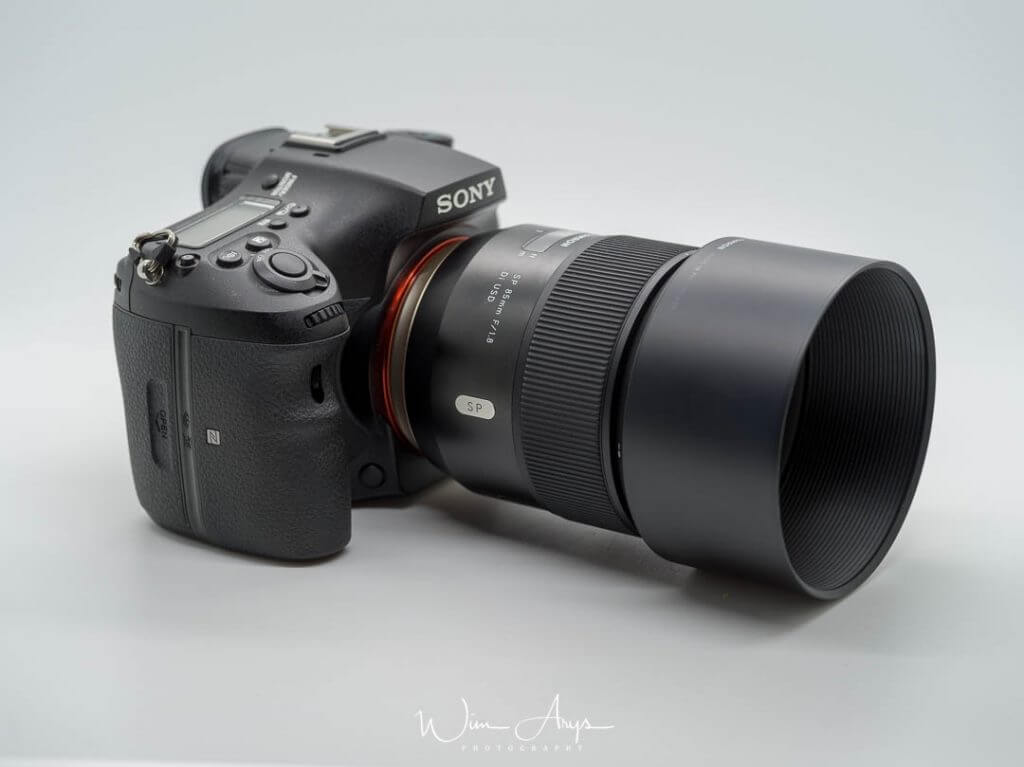

Like its predecessor, the Fujifilm X-T4 excels at both still photography and video, and now has the added bonus of in-body image stabilization.

If you buy the M6 II in a kit with a lens, you'll also get an electronic viewfinder in the box.īest mirrorless camera around $1500: Fujifilm X-T4 It also offers full-width 4K video, and an excellent Dual Pixel CMOS autofocus system. With sensible, enthusiast-friendly ergonomics, solid image quality from its 32MP APS-C sensor, and up to 14fps continuous shooting, the M6 II is a great camera for stills photography.

The Canon EOS M6 Mark II does just about everything right for a camera in its class and at this price-point. Canon hasn't messed too much with the essential design principles of the original M100 (you still won't find an EVF, or a handgrip on the M200) but the addition of Eye Detect autofocus and 4K video mode make the M200 more competitive, and more useful to keen photographers just getting into picture-taking.īest mirrorless camera around $1000: Canon EOS M6 Mark II The Canon EOS M200 is a nicely designed entry-level mirrorless camera aimed at beginners and smartphone upgraders.
Best mirrorless cameras between $3000-$4000īest mirrorless camera around $500: Canon EOS M200. Best mirrorless cameras between $2000-$3000. For more precise recommendations, tailored to the photography you want to do, we'd recommend looking at our buying guides based around specific types of photography. In this article we'll break down your options roughly by price, and our rankings are based on all-round capability. Even if you don't necessarily end up using all of a camera's features, it's always good to know your options and avoid models which may not meet your needs in the future. That being said, a lot of people - especially people just getting into photography - want to know which cameras stand out in the market, relative to competitive products. The best camera for you might come down to any number of personal preferences, unique to your priorities and the kind of photography you prefer to do. And it's impossible to give a definitive answer because the question is very subjective. Or check out our next article and find the best mirrorless camera for you.'What's the best camera?' That's a question we hear a lot at DPReview, not only from readers but also from friends and family. If you want to expand your camera knowledge, check out a similar article that dives into the DSLR a bit more. Entry-level DSLRs just have more features and better specs than what mirrorless offers. However, trying to find the best mirrorless camera for beginners is another story. Mirrorless and DSLRs are about the same when it comes to higher-end cameras. Companies like Sony however, have become more proactive with releasing more. Because they’re newer on the scene, there’s just less of a selection and often require third party adapters. Limited lenses and lens compatibility is a problem with these. And because they require you to use the LCD screen and electronic viewfinder, the odds are stacked against you. Mirrorless cameras are conveniently small but that also means no room for a decent size battery. What’s an asset can also be a liability. DSLRs offer 4k or Ultra HD video only for higher-end models. Also, high resolution is built into most mirrorless even if they’re on the low-end, quality wise. The electronic viewfinder can be used in video mode, while the viewfinder on a DSLR cannot. It’s small and compact and may be a better option for travel. Without the mirror, this camera also beats DSLR in size. With less moving parts, they're quieter than DSLRs. 
The mirror isn’t moving up and down because it just isn’t built that way. The very mechanics of the mirrorless automatically limit camera shake as compared to the DSLR.








 0 kommentar(er)
0 kommentar(er)
